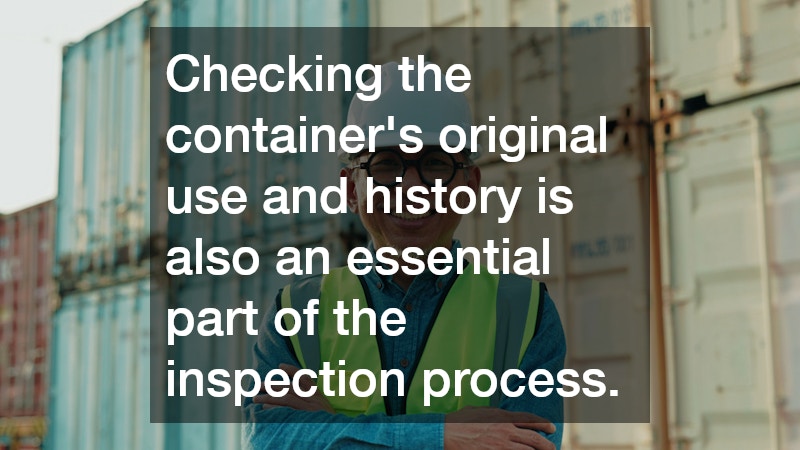Shipping containers have become incredibly versatile tools used for a variety of purposes beyond traditional shipping. They are commonly used in construction, for storage, or even as part of innovative architectural projects. Before you make a purchase, it’s essential to understand the various types and specifications available.
Most containers are made of durable steel and come in standard sizes of 20 or 40 feet in length. Their durability makes them an excellent option for those seeking long-lasting solutions.
The first thing you need to ascertain is the primary purpose your container will serve, as this impacts the type and condition of the container you should choose.
The structural integrity of shipping containers makes them resistant to harsh weather conditions. This durability has contributed to their popularity in use cases such as affordable housing. Given these characteristics, it is no surprise that shipping container sales have seen a significant uptick in recent years.
Inspecting Your Potential Purchase
After identifying the type of shipping container you require, the next step is a thorough inspection. It’s vital to inspect both the exterior and interior of the container to ensure it meets all safety and quality standards. Look for rust, dents, or any signs of wear and tear that could affect performance.
The interior inspection should focus on checking for any leaks or cracks. Even minor gaps can lead to significant issues over time, especially if the container will be used for long-term storage. Do not hesitate to ask for a second opinion or hire a third-party inspector if needed.
Checking the container’s original use and history is also an essential part of the inspection process. Containers used for transporting corrosive materials might not be suitable for your intended use. This careful inspection can save you money and prevent unforeseen problems in the future.
Decoding Prices and Additional Costs
The price of a shipping container can vary widely based on a range of factors. New containers are generally more expensive than used ones, but they offer the advantage of being in pristine condition. Used containers, while cheaper, may require repairs or refurbishments that could add to the overall cost.
Geographical location plays a significant role in price variation, particularly in areas far from major shipping ports. Delivery fees, modifications, and additional features can significantly increase the cost. Shipping container sales often spike in regions looking to utilize them for innovative building solutions.
Before completing your purchase, make sure to account for all additional costs. Budget for any customization or transportation expenses you might incur. Ensure that the final price aligns with your financial expectations without compromising on quality or functionality.
Consideration for Modifications
One of the intriguing aspects of purchasing a shipping container is the potential for modification. Many buyers opt for customizations like adding windows, doors, or even electrical and plumbing systems. These modifications can turn a simple container into a livable or usable space tailored to your requirements.
The cost and feasibility of modifications depend on the material and original structure of the container. Ensure that any changes you plan to make comply with local building regulations. Professional modification services can offer insight and expertise, ensuring that the final product meets your expectations.
Modifications provide added functionality and improve the container’s usability for non-shipping purposes. This capability for customization has made shipping containers an attractive option in creative industries. From pop-up shops to home offices, the possibilities are virtually limitless.
Environmental Impact and Sustainability
Purchasing shipping containers can have an environmental impact, both positive and negative. On the positive side, repurposing containers for building and other uses can reduce waste. Instead of discarding old containers, giving them a second lease on life contributes to sustainable practices.
However, the environmental impact also depends on the condition and materials used in the original container. It’s critical to ensure that no harmful substances were previously held in the container. A sustainable choice not only benefits the environment but also aligns with increasingly eco-conscious consumer expectations.
Sustainability often plays a significant role in influencing shipping container sales. More consumers are becoming aware of their carbon footprint and prefer options that reflect these values. By choosing a repurposed container, you contribute to a cycle of reuse that minimizes waste and promotes environmental responsibility.



